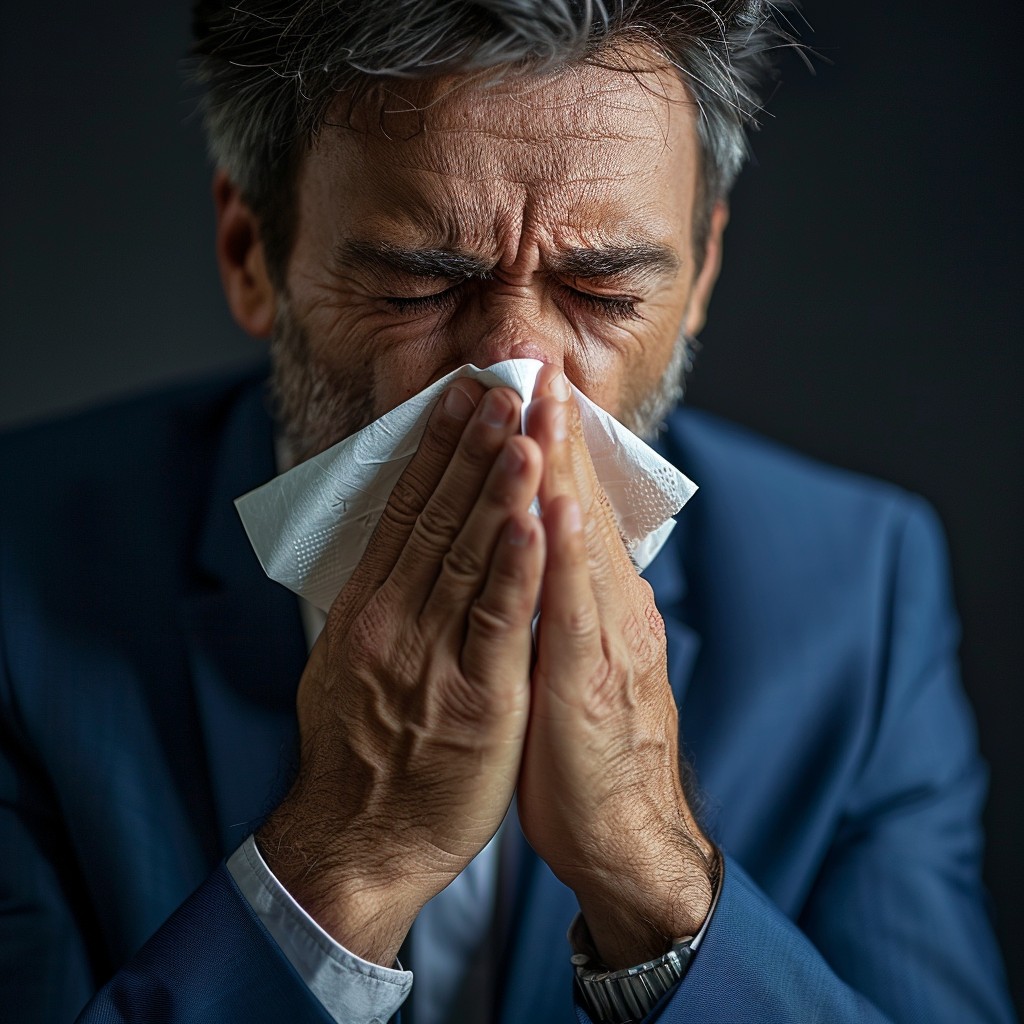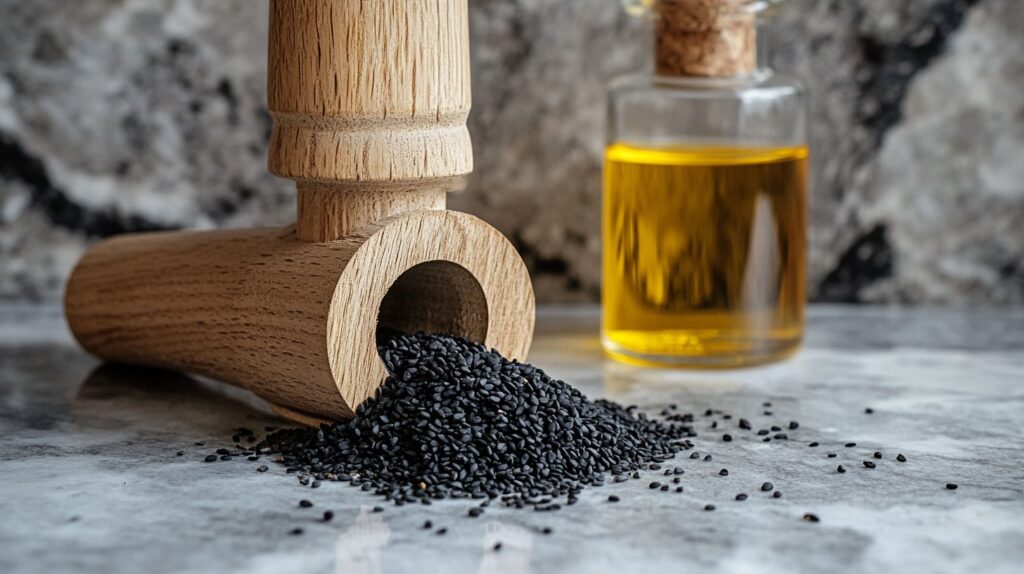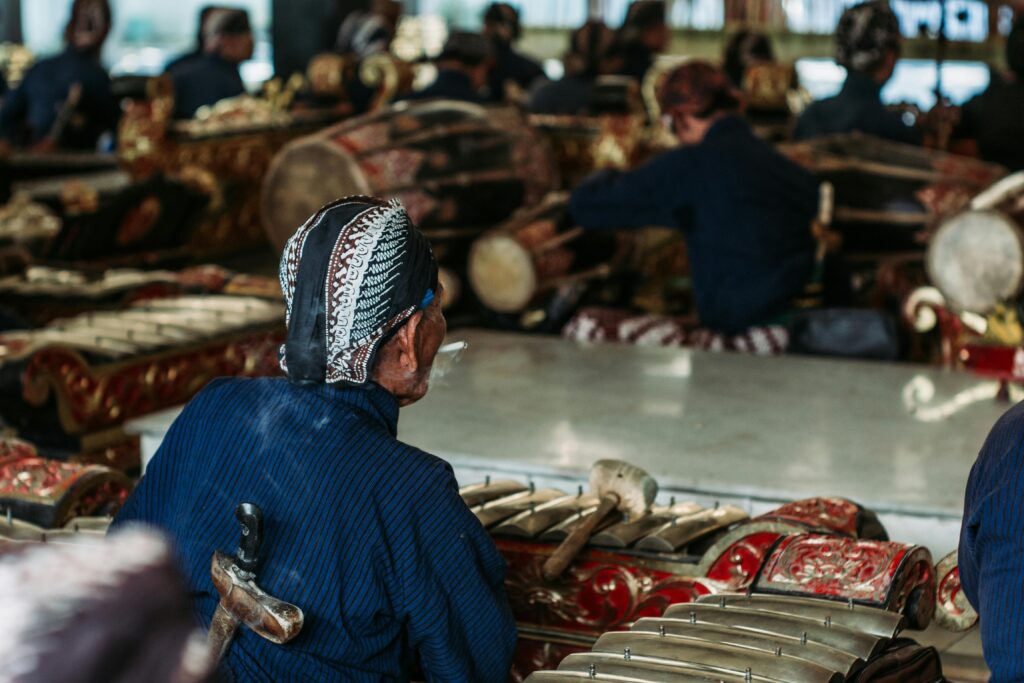
Common Cold: A Javanese Perspective on “Masuk Angin”
In Javanese culture, the term masuk angin (literally “wind entering”) is a common expression used to describe a set of symptoms resembling the common cold. This phrase reflects the belief that the condition originates from external factors such as wind exposure or sudden changes in the body’s environment, particularly when the body is in a weakened state.
Causes of Masuk Angin
Masuk angin is often triggered by factors that compromise the body’s vitality, such as hunger, exhaustion, or lack of sleep. When the body is already fatigued, exposure to certain external elements can exacerbate the condition. Common scenarios that might lead to masuk angin include:
- Prolonged exposure to wind, such as during long motorcycle rides without adequate protection.
- Getting drenched in the rain and staying in wet clothes for an extended period.
- Sleeping in open spaces with a cold breeze or drafts directly affecting the body.
These conditions are believed to disturb the body’s natural balance, leading to the onset of symptoms.
Symptoms of Masuk Angin
The symptoms of masuk angin often start subtly and become more noticeable over time. Typically, the following signs emerge:
- Muscle aches and fatigue: A general feeling of soreness and stiffness, often noticed upon waking in the morning.
- Bloating or indigestion: A sense of discomfort in the abdomen, accompanied by feelings of fullness or gas.
- Sneezing and nasal congestion: Clear nasal discharge, often mistaken for allergies or the onset of a cold.
These symptoms may appear mild initially but can escalate if left unaddressed, affecting daily activities and overall comfort.
Apart from the symptoms mentioned above, sometimes it starts with a bad mood and discomfort in the body: chills running down your spine, a heavy head, and fatigue creeping into your muscles. Condition often described as a combination of fever, bloating, and overall discomfort. But how do you fight something so intangible?
For generations, Indonesians have turned to an extraordinary yet simple technique called Kerokan—a traditional scraping massage. To outsiders, it might look unusual, even painful. But for those who’ve tried it, Kerokan offers fast relief, a renewed sense of energy, and a surprising sense of well-being.
Read more…


